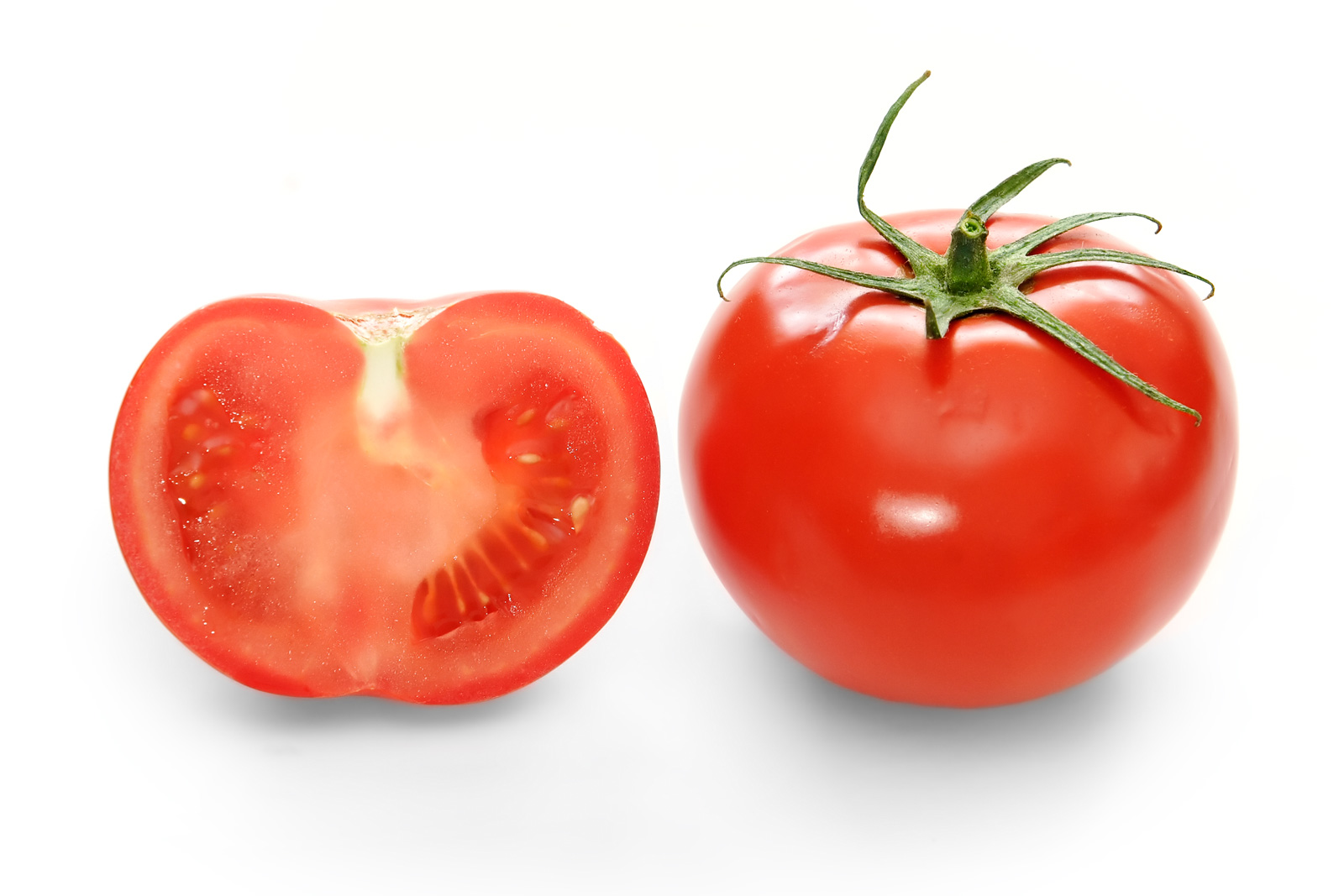Wayne Roberts, a Toronto journalist and occasional farmer has written a fascinating article in the current issue of Canadian publication NOW on how glossy magazines instill a desire for perfect looking produce. This causes unrealistic expecatations, and ultimately, waste.
…most of the food we toss, perhaps one-fifth of the harvest, is wasted simply because it disappoints visual expectations of proper size, shape, style, colour and absolute perfection. It must have no holes, no blotches, no signs of wear and tear and, above all, no suggestion that it came from the ground, which is dirty.
In drawing his conclusion, Roberts makes an interesting analogy:
The glamorous pics are especially problematic, because their messageis to the subconscious. Everyone knows how fashion photographers and their set designers and airbrushers cause bodily harm by distorting the image of women, but few think about how the same people cause similar problems with their framing of food.
 While I agree with Roberts’ point, some of the blame lies elsewhere. With consumers. Grocery stores weed out all imperfect products on our behalf because they know most of us won’t buy them. And many of us throw away food in our homes at the first sign of spoilage instead of cutting away that bad spot.
While I agree with Roberts’ point, some of the blame lies elsewhere. With consumers. Grocery stores weed out all imperfect products on our behalf because they know most of us won’t buy them. And many of us throw away food in our homes at the first sign of spoilage instead of cutting away that bad spot.
As for magazines, it would be nice to see a grittier, more realistic aesthetic–especially from publications that celebrate all things agrarian. But I wouldn’t hold my breath waiting for pictures of blemished fruit and vegetables anymore than I’d expect NOW not to publish beautiful food shots like this one.
So what can be done? Ask your retailer to feature a discount rack for imperfect produce and day-old bread. Don’t jump the gun at the first sign of mold–that’s why they invented paring knives. And Roberts’ includes two useful suggestions toward the end of the article:
One way to deal with this waste is to have lots of volunteers who are paid in small potatoes and holey spinach. Another way is to set up on-farm catering operations that specialize in casseroles, the ultimate post-harvest handling method, ideal for masquerading holes and off-sizes.
3 Comments